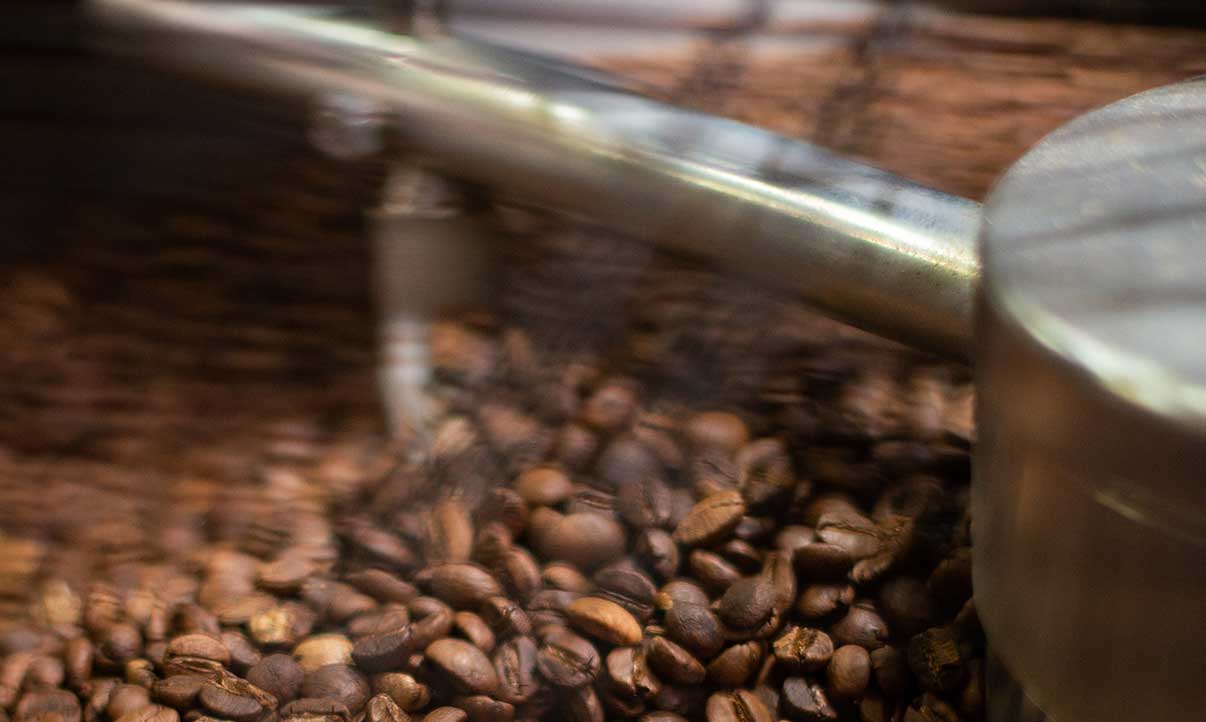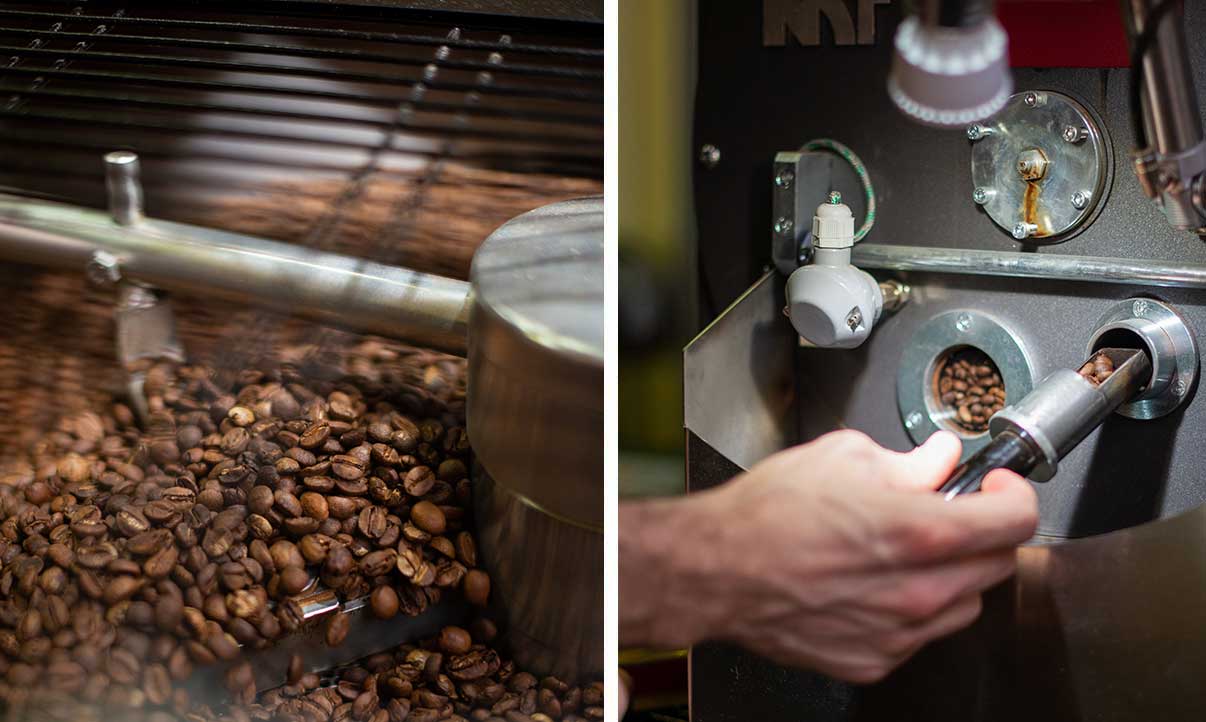
Sustainability has become an incredibly important and current factor. It shouldn’t just be a matter of words: in recent years, coffee roasters have been wondering how to make their coffee more traceable and ethical, as well as how their work impacts the environment.
In the coffee supply chain, every step must strive for “zero impact” (or at least the least possible impact), including the work within a roastery, in addition to transportation and commercialization.
That’s why Mokaflor and Caffèlab have decided to implement a significant evolution to reduce emissions by investing in a more sustainable, efficient, automated, and digital roasting system.
To learn more about this “eco-roasting” process, we interviewed production engineer Fabio Mauro, who is in charge of our project.
Fabio, tell us what makes this roaster special.
The roasting machine is built with innovative solutions that allow for lower energy costs and ecological operation. The machine is equipped with a system that recirculates and recovers hot air. Through a particular system of pipelines and pneumatic valves, this system allows for the recycling of hot air and fumes, utilizing the same combustion chamber and burner. To achieve this, a combustion chamber has been designed using refractory materials that can withstand temperatures of up to 1200°/1400° Celsius, ensuring continuous fume recirculation.
Alongside smoke and other harmful particles, carbon emissions and dangerous gases are probably the most significant concerns.
“The roasting process occurs by passing hot air through a perforated rotating drum. The hot air, while passing through the mixed product, reaches the coffee husk cyclone separator, which is then filtered and disposed of in external containers. The hot air and roasting fumes are reintroduced into the combustion chamber, and the fumes, passing through the recirculation system, are burned. Subsequently, the purified hot air from the previous process is reintroduced into the system.”
How is fume recovery managed?
The entire fume recovery management system is automatically controlled by the control panel of the roasting machine, through a properly programmed PLC (Programmable Logic Controller) and temperature control instruments that monitor the combustion chamber, coffee, and fumes’ temperatures through sensors placed at various temperature reading points.

What are the results of these processes and this eco-roasting, then?
The results are significant: an energy saving estimated between 40% and 45%, as well as savings in equipment purchase and maintenance costs. Additionally, the compactness of the machinery is noteworthy, as both the roasting process and fume purification are enclosed within the machine itself, eliminating the need for bulky external equipment.


